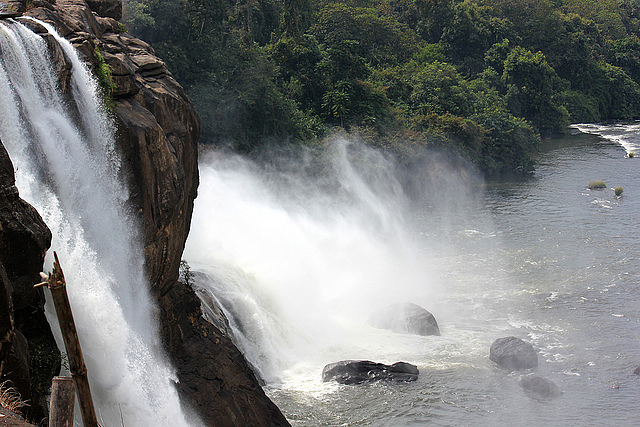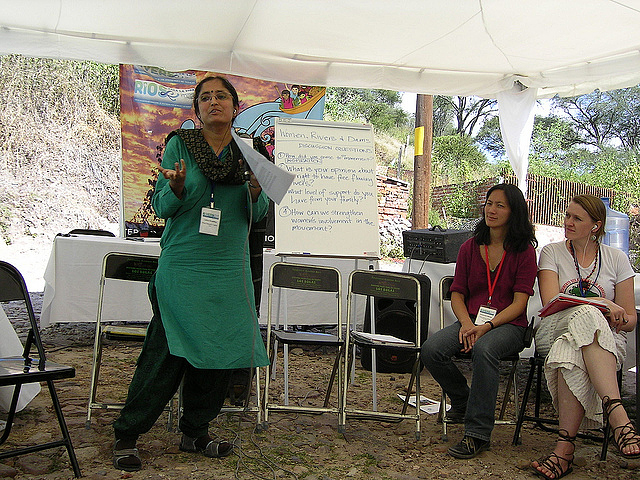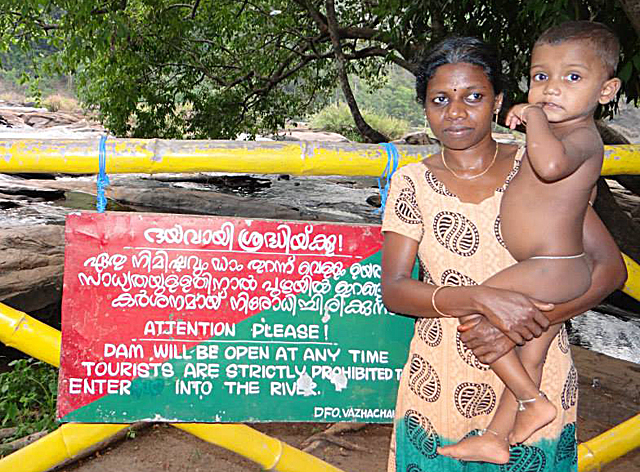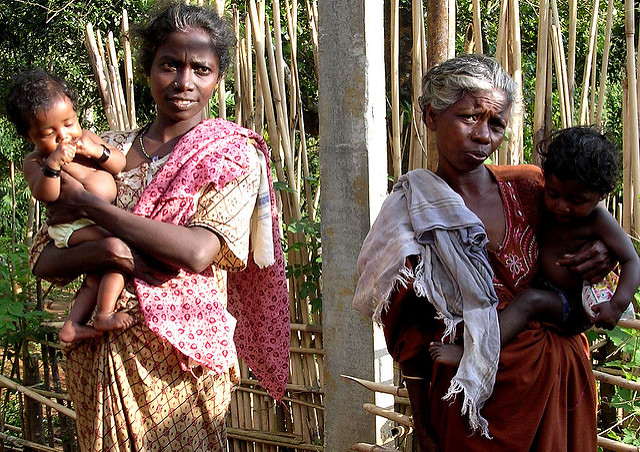A couple months ago, some Kadar were working to restore one of their worship sites in Kerala’s Vazhachal Forest when forestry department officials going past asked them to stop. They politely refused, citing their rights under India’s Forest Rights Act (FRA). According to a report last week by Sibi Arasu in The News Minute, a South Indian digital news service, they were aware that maintaining their temple was permitted as one of their Community Forest Rights under the FRA.

The unusual aspect of the exchange was that the tribal group was not only aware of their rights but they were also willing to be assertive about them. They have long existed on the fringes of mainstream Kerala society, subject to the dictates of minor officials. Such assertiveness, the journalist writes, would have been unthinkable even 10 years ago, and it is still not an accepted way of interacting with outsiders for many of India’s tribal people.
The point the reporter made is that the Kadar of the Vazhachal area have changed over the past 10 years, mostly due to the controversial Athirappilly dam proposal and the involvement of the Kadar in trying to stop it. According to this report, the Kadar appear now to have successfully blocked the proposed hydropower dam on the Chalakkudy River. It doesn’t hurt their cause that the dam would also have virtually destroyed the Athirappilly Waterfall, one of India’s largest, and a major tourist draw for the state of Kerala.

Ms. Anantha Latha from the River Research Centre told Mr. Sibi that the Kadar have been forced out of their homes and hamlets repeatedly over the past century as the Chalakkudy River has already been dammed six different times. She told him, “When these dams came, [the Kadar] were forcefully displaced, because they mostly live along the forest valleys, they don’t live up on the ridge. There was no rehabilitation, no displacement norms, nothing.” As a result, the Kadar are now spread out, most of them in nine hamlets in the Vazhachal Forest Division.
The seventh dam, first proposed by the Kerala State Electricity Board in 1982, was designed to be located near two Kadar communities and the famed waterfall. The Kadar decided to contest it. After numerous protests, bogus environmental impact statements, and more than four court cases, the Kadar seem to have won, though that conclusion by the reporter contradicts a report in March 2017 that the Kerala government is not about to give up on the Athirappilly Project and it is still maneuvering to secure the necessary land in order to build the dam.

Mr. Sibi also interviewed Ms. K. Geetha, the Oorumooppathy, or leader of the Kadar in the Vazhachal Forest. Referring to Ms. Geetha as “a charismatic person,” Mr. Sibi credited her complete mastery of the facts about the dam proposal and her understanding of the provisions of the FRA as the keys that have successfully empowered the Kadar community.
She complained to the journalist that each time they have been forced to move, others have benefited rather than the Kadar. “From this dam, we won’t even get any electricity for our village, so why should we move again?” she asked rhetorically. She made it clear to the reporter that the Kadar will not permit any future developments in the forest. “These forests are ours and we’re going to protect them to the best of our abilities,” she asserted.
Ms. Geetha was not finished. She said that as a result of the active stance by her group, government officials have changed their attitudes toward them. They used to denigrate the Kadar as not being worth their attention when they entered their offices: “they looked down at us, we were not treated as equals.” But now, she said, when they visit a government office, “the officers ask us to come and sit.” They know that the Kadar have rights that they must respect. She added that their relationship with the broader non-Kadar community has also improved. Other leaders come to Ms. Geetha for support with their issues and she contacts them at times. She is clearly proud of the mutual support system that has developed.

The Forest Department employs many of the Kadar and it purchases non-timber forest products (NTFPs) such as gooseberries and honey that they collect. With the authorization provided by the FRA, the Kadar are also trying to establish community enterprises of their own. They plan to weave baskets and mats with reeds and they hope to establish a jackfruit enterprise. They are considering growing NTFPs in abandoned plantations that fall within their control. Several NGOs such as WWF-India are giving support to their endeavors.
Other Kadar than Ms. Geetha told the reporter that they too were happy with developments. Ms. A. Manju from Wachumaram, one of the hamlets, discussed the past when they were required to move. But like the others, she defines herself as a forest denizen. “We’ve always belonged to these forests and hardly any of our people have ever left [them].” The Forest Resources Act reinforces her beliefs.
The reporter for The News Minute made the point that many issues and concerns remain. He interviewed N. Rajesh, the District Forest Officer for Vazhachal, who said that officials need to work with the tribal people in order to manage and effectively protect the forest and its resources. He expressed concern about the infrastructure in the forest that should be developed with the input of the Kadar but he sounded as cautiously optimistic as they are.